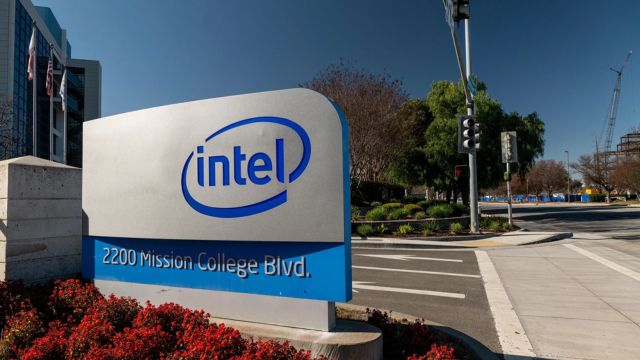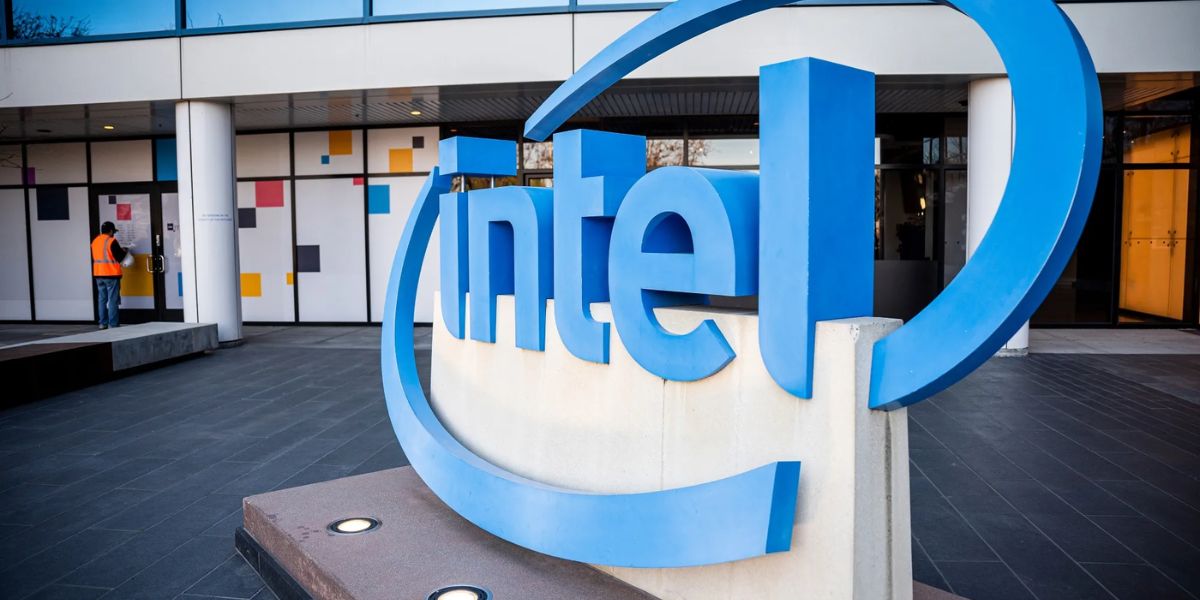WFCN –
Intel reportedly fired hundreds of workers in July and August as part of a massive reorganization, as reported by Bloomberg. The IT behemoth is making this dramatic change in an effort to reduce overhead and better compete in the cutthroat semiconductor industry.
In order to preserve its hegemonic position in the semiconductor business, Intel has been under increasing pressure over the past few years.
There has been a significant drop in market share due to increased competition from companies like AMD and NVIDIA, disruptions in the supply chain, and changing consumer expectations. Intel plans to reduce expenses and reallocate resources to concentrate on key business areas, which includes laying off employees.

Despite the lack of formal confirmation, industry insiders are speculating that this is one of the biggest round of layoffs the company has had recently. A wide variety of jobs in engineering, manufacturing, and support services are among those that could be impacted.
In order to stay competitive in a dynamic industry, Intel has decided to reduce headcount as part of its effort to increase operational efficiency.
Cost-Cutting Soon! Unexpected Layoffs Hit Major Battery Manufacturer as Demand Wanes
The top brass at Intel has finally admitted that the company needs to change in order to keep up with the dynamic nature of the business. Recognizing the challenges posed by restructuring initiatives, the corporation recently issued a statement reiterating its commitment to innovation.
To ensure the company’s viability in the future, “these decisions are never easy, but they are necessary,” Intel stated.
Many in the IT community are worried about their jobs and the future of the region’s semiconductor industry because of the layoffs. As they try to find work in the face of persistent economic difficulties, many workers are experiencing anxiety.
The layoffs, according to industry watchers, might hurt Intel’s future ability to recruit top talent by making prospective workers wary of working for the business.
Strategic investments in new technology and efforts to regain market dominance continue to be Intel’s primary priority going ahead.
Building cutting-edge chips and penetrating emerging industries like 5G and AI are two of the company’s top priorities. But these plans will only work if Intel can successfully implement its reorganization plan and win back the confidence of its stakeholders.
Finally, the difficulties encountered by long-established semiconductor behemoths in the face of rising competition are exemplified by Intel’s latest round of layoffs. The changes might help the corporation save money in the near run, but what happens to Intel and the IT industry as a whole in the long run is anyone’s guess.
